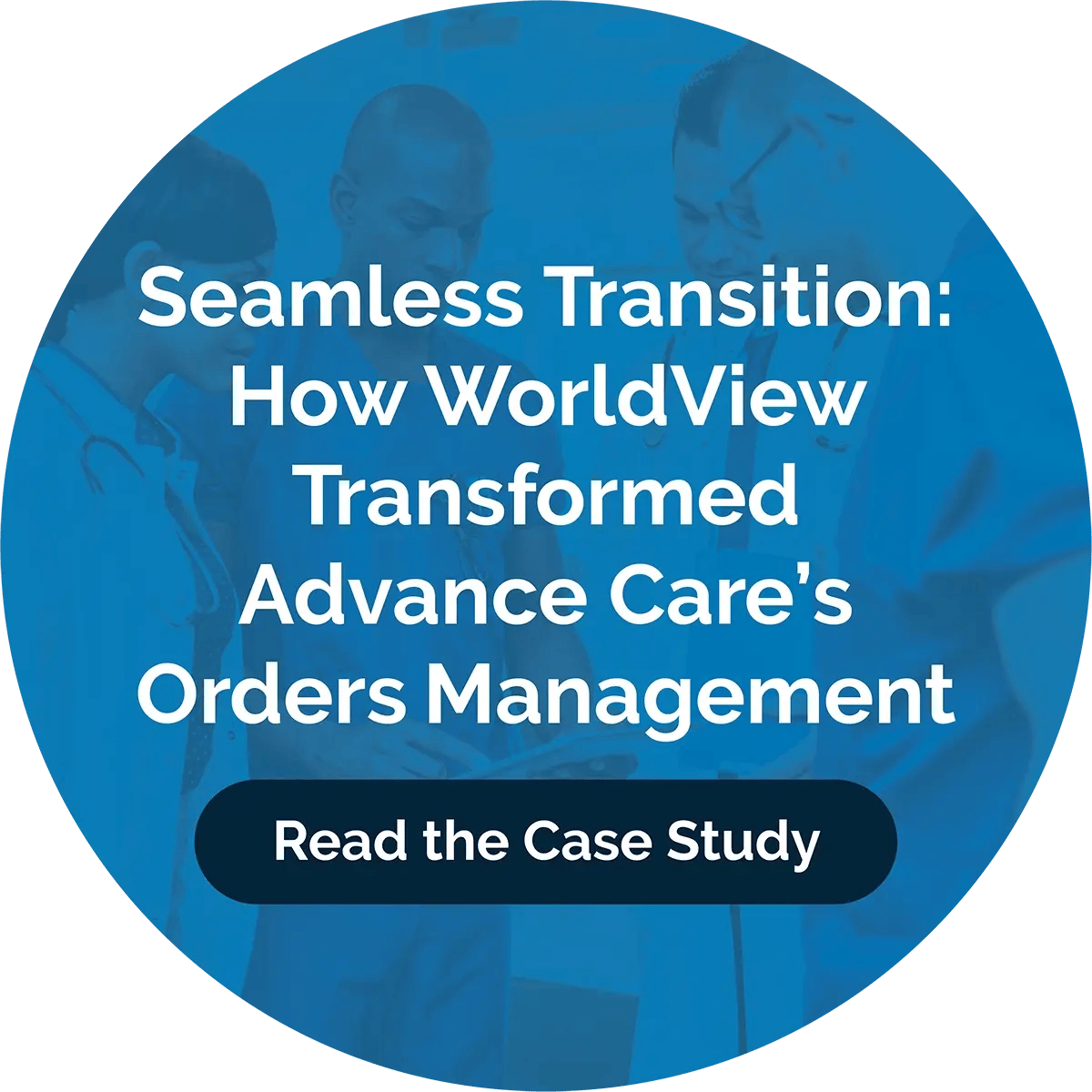Improve Your Healthcare Business Operations with Electronic Forms

In healthcare, forms are a necessary part of life for patients and practitioners. To receive the best care, patients have to fill out a variety of intake forms, as well as forms to protect their privacy. Providers also need forms for billing, referrals, processing insurance claims, and more. These forms can get bulky and cumbersome, especially after a patient has been with a practice for a while. But switching to EForms offers a valuable solution.
What Are Electronic Forms?
Electronic forms, or EForms, are digital forms that can be stored and accessed electronically. They’re not limited to patient forms. A homecare or hospice practice may also use EForms for lease signings, move-in questionnaires, order forms, HR forms, and data entry.
These forms improve the ease of operations because they are easily accessible when needed. Paper forms could go missing, causing staff to spend hours looking for them when needed. With electronic records, staff members always have a paper trail for compliance, auditing, and more.
Choosing a Platform to Manage EForms
If a home healthcare or hospice agency is already using an electronic medical records (EMR) system, it can find a platform for EForms that integrates with this software. Having all patient records and administrative forms in one place eases workflows for staff at all levels.
With one system, administrative staff can access records, get signatures, manage billing contracts, and more in one location. They don’t need to juggle multiple software platforms for different parts of their jobs, allowing them to focus on more complex tasks. Having a single system also makes data reporting faster and more efficient and allows for an audit trail if needed.
Types of EForms
There are many different EForms an agency might use in their practice.
Patient Registration Forms
With an EForm system, patients can fill out registration forms digitally during their first visit or when they’re with their referring physician. This saves a patient time, because they only have to fill out a form once, and they can update it at subsequent visits rather than filling out a new form each time they see a service provider.
These forms can also be transferred from one practice to another during referrals, speeding up the process and offering better patient care.
Resident Agreement
Anyone operating a long-term care facility likely understands the hassle of managing patient forms and resident agreements separately. With EForms, a resident agreement or lease can be integrated with patient forms, helping ensure legal compliance and giving residents easy access to care, meals, and other coverage items associated with their stay.
Human Resources
Any patient needing long-term care may need to fill out forms for their human resources department to take an extended leave from work. These forms may be provided digitally and stored with their other patient records.
Home healthcare and hospice providers can also use human resources forms for their own staff, offering one location for paperwork and certifications.
Consider Making the Switch
Healthcare agencies still struggling with managing multiple paper records or juggling multiple software systems can improve their business by switching to a platform that works with their EMR system. Implementing this simple solution helps smooth practice operations and helps ensure compliance with multiple regulations while also making life easier for administrative team members.




